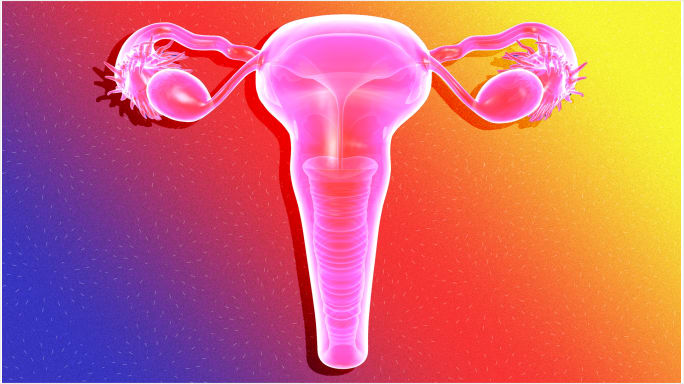Many people associate the passage of the 19th amendment, which guarantees women the right to vote, with the idea that the U.S. Constitution guarantees equal rights for both men and women. While gender equality would have been the most ideal result of the suffragette movement, it was not guaranteed by the 19th amendment. In fact, to this day, the U.S. Constitution fails to legally protect citizens from discrimination on the basis of sex.
The passage of the 19th amendment was a huge win for American women, but it simply was not enough to satisfy some of the major leaders of the women’s suffrage movement. Alice Paul, the leader and founder of the National Women’s Party, strongly believed that writing women’s equality into the Constitution was the next big step for American women. The process of drafting the Equal Rights Amendment (ERA) quickly began and Alice Paul was able to present the original Equal Rights Amendment at the 75th anniversary of the Seneca Falls Convention in 1923. The proposed amendment would prohibit discrimination against girls and women on the basis of sex. Later that year, Paul introduced the ERA to Congress. The proposed amendment read, “Equality of rights under the law shall not be denied or abridged by the United States or by any state on account of sex.”
The ERA has been introduced in every Congressional session in some format since Paul first proposed the amendment in 1923. Unfortunately, few legislators prioritize the passage of the bill, and most Americans are unaware that the ERA is still relevant today. Many citizens are under the impression that the Equal Protection Clause of the Fourteenth Amendment protects women from discrimination based on sex. In actuality, this clause has been interpreted to read that equal protection is only granted if there is evidence of an intent to discriminate. The ERA would guarantee that the equality between men and women is recognized as a fundamental human right by the United States.
Modern American women are still faced with many of the same instances of sex discrimination that women faced in the early 1900s. The ERA would establish comprehensive legal recourse for issues including gender based violence, economic inequality and discrimination in the workplace. All in all, the ERA would help the public gain a greater understanding of the discrimination against women and how to effectively take action to prevent such discrimination.
Today, many feminist organizations and advocates have joined together under the ERA Coalition to support the ratification of the Equal Rights Amendment. Member organizations, including the Alice Paul Institute, the Feminist Majority and the American Association of University Women, have helped to organize and promote activism events on both the local and national levels. Notable celebrities, such as Chelsea Handler and Jada Pinkett Smith, have spoken out in support of the passage of the ERA. Meryl Streep personally appealed to members of Congress, asking for them to take a stand for equality amongst the sexes. The ERA movement is slowly gaining momentum and reaching out to new supporters daily.
In the words of the ERA Coalition, equal means equal. Men and women should be guaranteed equality under the law of the United States and thousands of supporters around the country have made it clear that they won’t give up until the ERA is placed into the Constitution where it belongs.
Cover image courtesy of Shutterstock.




comments